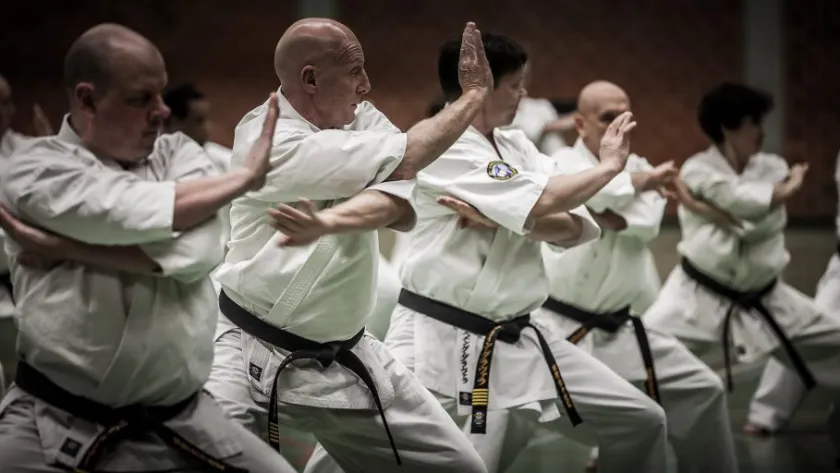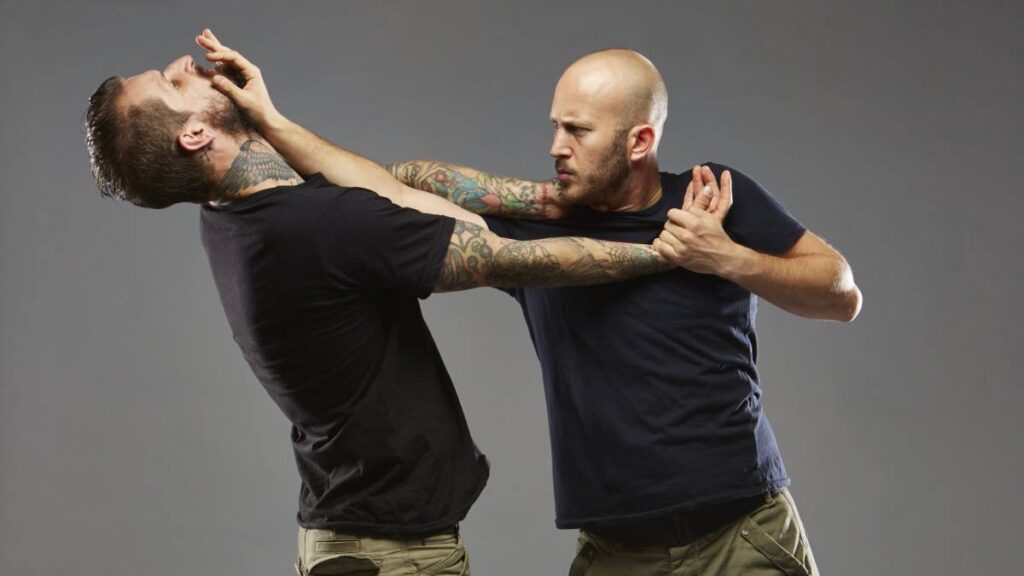Martial Arts Forms and Kata: Precision and Flow

Martial arts forms, known as “kata” in many traditional Japanese systems, are integral to the practice and mastery of martial arts. They serve as structured patterns of movement that teach practitioners fundamental techniques, stances, and principles of combat. Whether in karate, taekwondo, kung fu, or other martial arts, forms and kata emphasize precision, timing, and flow, transforming repetitive movements into a deep, meditative practice that builds physical skill and mental focus.
This article delves into the significance of forms and kata in martial arts, how they develop precision and fluidity, and why they remain a crucial part of training.
1. What Are Forms and Kata?
Forms, called “kata” in Japanese martial arts like karate and judo, and “poomsae” in taekwondo, are choreographed sequences of movements that represent a fight against one or more imaginary opponents. Each form consists of specific techniques, including strikes, blocks, stances, and transitions, performed in a predetermined order.
While these movements may appear ritualistic or artistic, they serve a deeper purpose: teaching practitioners to execute techniques with accuracy, speed, and control while enhancing their understanding of timing, distance, and body mechanics. As martial artists progress, forms become more complex, requiring greater mastery of technique and deeper concentration.
2. The Purpose of Kata and Forms
Forms and kata are not simply about repeating movements for the sake of practice; they embody the core principles of martial arts. Below are some key reasons why kata and forms are essential in martial arts training:
a. Technique and Precision
Forms are designed to teach correct technique. By repeatedly practicing the same movements, martial artists fine-tune their body mechanics, footwork, and hand-eye coordination. Over time, these movements become instinctive, allowing practitioners to execute techniques more effectively in real combat situations.
b. Muscle Memory and Repetition
The repetition of kata builds muscle memory, enabling martial artists to react quickly without conscious thought. This is critical in real-life self-defense scenarios where split-second reactions can make the difference between success and failure. Kata engrains proper movement patterns into the body, ensuring that techniques are performed accurately under pressure.
c. Flow and Transition
One of the primary focuses of kata is the seamless transition between techniques. Martial arts involve more than just individual strikes or blocks; they require fluid movement from one position to another. Kata teaches practitioners how to flow from defense to attack and back again, helping them develop a more comprehensive understanding of combat dynamics.
d. Mental Discipline and Focus
Performing kata requires intense focus and concentration. Practitioners must stay mindful of each movement, breathing pattern, and shift in stance. This mental discipline translates into better control in sparring or self-defense, where staying calm and focused is crucial. Kata serves as a meditative practice, helping martial artists cultivate inner peace and mental resilience.
e. Developing Balance and Stability
Forms emphasize balance and stability, both physically and mentally. Many movements in kata involve maintaining a strong base while executing techniques, which develops core strength, coordination, and proper posture. In combat, these elements are vital for maintaining control and preventing vulnerability.
f. Preservation of Martial Traditions
Kata also serves as a means of preserving the historical and cultural elements of martial arts. The movements, techniques, and patterns passed down through generations often have deep philosophical meanings and reflect the values of the martial art’s origin. For example, the kata in karate often reflect traditional Okinawan combat strategies, while the poomsae in taekwondo can symbolize specific philosophies or elements of Korean history.
3. The Structure of Forms and Kata
The structure of kata and forms varies between martial arts styles, but several key components remain consistent. Understanding the basic structure helps practitioners appreciate the purpose of each movement.
a. Starting Stance
Most kata begin from a ready stance (e.g., “yoi” in karate or “joonbi” in taekwondo). This stance symbolizes mental and physical readiness. It sets the tone for the rest of the form, ensuring that the practitioner is focused and prepared.
b. Techniques and Transitions
Each kata is composed of a series of techniques, including punches, kicks, blocks, and strikes, arranged in a specific sequence. Transitions between techniques, such as changing stances or shifting direction, are as important as the techniques themselves. Fluid transitions reflect proper timing and spatial awareness.
c. Breathing
Controlled breathing is an essential part of kata. Proper breathing helps maintain energy, balance, and focus throughout the performance. Exhaling during strikes or blocks can also enhance the power and efficiency of the movement. Many forms incorporate specific breathing techniques to synchronize body and mind.
d. Kiai (Spirit Shout)
In many traditional kata, practitioners release a powerful shout known as a “kiai” at critical moments in the form. The kiai serves to focus internal energy, intimidate opponents, and signal the peak of an attack. It also promotes mental clarity and intensity, embodying the spirit of the martial artist.
e. Ending Stance
Forms and kata typically end in a stance similar to the starting position, symbolizing the return to readiness and composure after a fight. This demonstrates that, even after conflict, the martial artist remains calm and in control.
4. Kata in Different Martial Arts
Though the concept of forms exists in many martial arts, each discipline approaches it with its own unique perspective.
a. Karate Kata
In karate, kata are integral to the practice. Some well-known kata in karate include “Heian,” “Tekki,” and “Bassai.” Each kata has a specific purpose, ranging from teaching beginner-level fundamentals to advanced combat strategies. Karate kata often involve sharp, powerful movements that focus on strength, precision, and explosive energy.
b. Taekwondo Poomsae
In taekwondo, the forms are known as “poomsae.” These forms emphasize high, fast kicks, blocks, and powerful strikes. Poomsae helps practitioners refine their kicking techniques and improve their agility. Taekwondo poomsae is also important for belt progression, as students must demonstrate mastery of specific forms to advance to higher ranks.
c. Kung Fu Forms
Kung fu, particularly styles like Shaolin and Wing Chun, features a wide variety of forms, each representing a different aspect of combat. Kung fu forms are often more fluid and circular in nature, incorporating flowing movements and acrobatic elements. The practice of forms in kung fu helps students develop internal energy (chi) and express grace in their techniques.
5. Modern Application of Forms and Kata
While forms and kata have historical roots, they remain relevant in modern martial arts practice. Today, many martial arts schools continue to use kata as a key component of their curriculum, believing that the precision and discipline cultivated in forms training translate directly to practical self-defense.
In competitive martial arts, kata performance is often judged based on the accuracy, power, and fluidity of the movements. Some competitions even include creative or extreme kata, where practitioners add elements of acrobatics and personal flair to traditional forms.
Additionally, kata can be practiced solo, making it an excellent way to refine technique when training partners are not available. It allows martial artists to continue their development, whether they are focusing on perfecting individual techniques, enhancing coordination, or building physical fitness.
Forms and kata represent the heart of traditional martial arts. By teaching precision, flow, and mental discipline, they enable martial artists to perfect their techniques and develop a deeper connection with the art. Far from being mere drills, forms are a dynamic and essential practice that integrates body, mind, and spirit into the martial artist’s journey. Whether for self-defense, competition, or personal development, the precision and flow learned through kata remain vital to the mastery of martial arts.







Responses